When you’re a first-time parent, there’s a seemingly endless supply of baby gear to buy. From cribs to strollers to baby bottles, it can be hard to know what you actually need. While the number of bottles you’ll need may vary depending on your feeding preferences and your baby’s eating habits. Most parents will find that around six or eight bottles are a good starting point.
For breastfed babies, you may not need any bottles at all, as they can drink straight from the source. If you’re formula feeding, you’ll need to use bottles to make up and store your baby’s meals. No matter what type of bottles you choose, always make sure that your baby’s bottle nipples are the right size and shape for their mouth. If they’re too small or too large, it can be difficult for your baby to drink from them comfortably.
Bottle feeding can be a great way to introduce your baby to solid foods. Start by adding just a small amount of food to the bottle, and gradually increase the amount as your baby gets used to it. Be sure to consult with your pediatrician before starting your baby on solids, as they may have different recommendations. If you wondering how many bottles? then read this blog post for more information on the matter.
In This Article
How many bottles should the baby need?
How many baby bottles do I need? If you are using the bottle feed formula, you will need about 4 bottles per day. If you are using a combination of baby formula and breast milk, you will need about 6 bottles per day. You will also need to have extra bottles on hand in case of emergencies or if you run out of formula.
Generally, a baby bottle comes with sippy cups lids that can be used for toddlers. Most parents prefer glass bottles over plastic bottles because they are safer and do not contain BPA. As well as, glass bottles can be sterilized and reused, which makes them more economical in the long run. You will also need to purchase bottle nipples, which come in different sizes depending on the age of your baby.
Though the breastfed baby will not need as many bottles as the bottle-fed baby. When your baby grows, you’ll find that he or she will need fewer bottles per day. A good rule of thumb is to have two bottles for each feeding, plus a few extras in case of emergencies. So, if you are breastfeeding and your baby eats eight times per day, you will need a maximum of 6 bottles as well.
As a parent, you should be prepared with all the necessary supplies before your baby arrives. By having everything you need on hand, you will be able to give your baby the best possible start in life. Sometimes exclusively bottle feeding can lead to over-napping and weight gain problems. It is important to keep an eye on your baby’s feeding schedule and weight gain. Consult with your pediatrician if you find anything concerning.
What’s type of feeding bottle is best for babies?
Baby’s bottles come in different shapes and sizes. Before buying baby bottles, it’s important to think about what type of nipple your baby will need. Moreover, standard bottles occasionally coddle milk and can make it difficult for babies to feed themselves. Some babies do well with wide-based bottles that allow them to control the flow of milk themselves. These types of bottles are often called “natural flow” or “variable flow” because they allow babies to regulate the amount of milk that comes out. If you’re not sure which type of bottle is best then don’t worry. Below we have mentioned the type of bottles that are most commonly used and they are:
1. Plastic baby bottles
For formula-fed babies, plastic bottles are the most common type used. As these bottles are lightweight and shatter-resistant, they are easy to carry around. You can even sterilize them in the dishwasher. There are also some plastic bottles that are BPA-free and these bottles are a great choice for eco-friendly parents. The milk flow from these bottles can be easily controlled by the baby. Some manufacturers also provide a bottle brush and Playtex baby nurser nipple shields with plastic bottles.
2. Anti-colic bottles
If you’re looking for a bottle that will help to prevent your baby from having colic, then anti-colic bottles are the best choice. These bottles are designed to reduce air bubbles in the milk, which can cause gas and stomach discomfort in babies. The anti-colic valves on these bottles also help to keep the milk from flowing too quickly. For bottle-fed babies, the slow flow nipple colic bottles are ideal, as these baby bottles can help to prevent gas and spit-up. Furthermore, the anti-colic nipples for breast milk formula feeding babies are available in different flow rates, so you can choose the one that’s best for your child.
3. Stainless steel bottles
If you choose these baby bottles for your newborn baby, you will need to buy a sterilizer separately as they are not dishwasher-safe. However, steel bottles are scratch and dent-resistant and they will never break. In fact, a few bottles manufacturers provide a diaper bag and nipples with the bottles. These bottles are easy to clean and they don’t support the growth of bacteria. Steel bottles also don’t interact with the milk’s nutrients, so your baby gets all the nutrition they need. The only drawback of these bottles is that they are expensive when compared to plastic bottles.
4. Glass bottles
A glass bottle for breastfeeding is a great choice for mothers who are looking for a safe and eco-friendly option. You can find these bottles in different shapes and sizes. However, you need to be careful when choosing a glass baby bottle as some of them are not BPA-free. Even though they are not heavier than steel bottles, glass bottles don’t break easily. You can also heat up the milk in a glass baby bottle without any fear of it breaking. This would be the right baby bottle choice for moms who want to avoid using plastic bottles.
5. Wide neck bottles
Wide necked bottles are designed for breastfed babies. As the name suggests, these bottles have a wide neck, which makes it easy for mom’s breast pump milk directly into the bottle. The milk flow can easily be controlled by the baby. These bottles are also made of plastic and are dishwasher-safe. The latex nipples on these bottles are softer as compared to the nipples of other types of bottles. The bigger bottles size also comes in handy when your baby starts eating solid foods. Moreover, for older babies, the wide neck bottles are easier to hold on to.
6. Narrow necked bottles
Narrow necked baby bottles are designed in such a way that they can fit into most baby’s mouth. These bottles are made of either glass or plastic and are the preferred choice for breastfed babies. The milk flow from these bottles is also regulated by the baby. You can find bottle brushes and nipple shields with narrow-neck bottles as well. They are larger bottles with enough space to add formula or breast milk. If you choose bottle feed formula for your baby, then these are the bottles you should get. However, the natural shape of this baby bottle makes the best choice for newborn babies.
Why is it necessary to sterilize bottles?
Sterilizing baby bottles is important because it kills harmful bacteria that can cause illness in your baby. If you don’t sterilize your bottles, your baby could develop an infection or other serious health problems. You should sterilize your baby’s bottles before each use. This will help to keep your baby healthy and prevent any potential illnesses.
How many baby bottles do I need to sterilize? If you have more than six bottles, you can sterilize as many as you need. It’s important to have a few extra bottles on hand in case one of them becomes dirty or lost. You can use a dishwasher to sterilize your baby’s bottles, but you need to make sure that the dishwasher has a sanitizing cycle. You can also do this by using a sterilizing solution or by boiling the bottles in water for 5 minutes.
Additionally, many baby bottles come with special nipples that need to be sterilized as well. Sterilizing baby bottles needed is an important part of keeping your baby safe and healthy. As parents, it’s our responsibility to ensure that they remain healthy and free from any harmful bacteria. Always remember not all bottles are created equal, so please take the time to properly clean and sterilize them before each use.
The Bottom line
As we said above a baby will go through about 8-10 bottles per day in the first few months. If you are planning on going back to work, you will need even more than this. When it comes to choosing the right baby bottle for your child, there are many factors you need to consider. Bottle type, nipple design, and material, as well as cleaning and storage needs, should all be taken into account before making your purchase.
It is important to have a variety of baby bottles on hand. This will ensure that you always have the right bottle for your baby and that you are prepared for any situation. Having multiple bottles also allows you to easily clean them between feedings. We hope this article has helped you understand how many baby bottles you need. If you have any questions or concerns, please feel free to contact us.

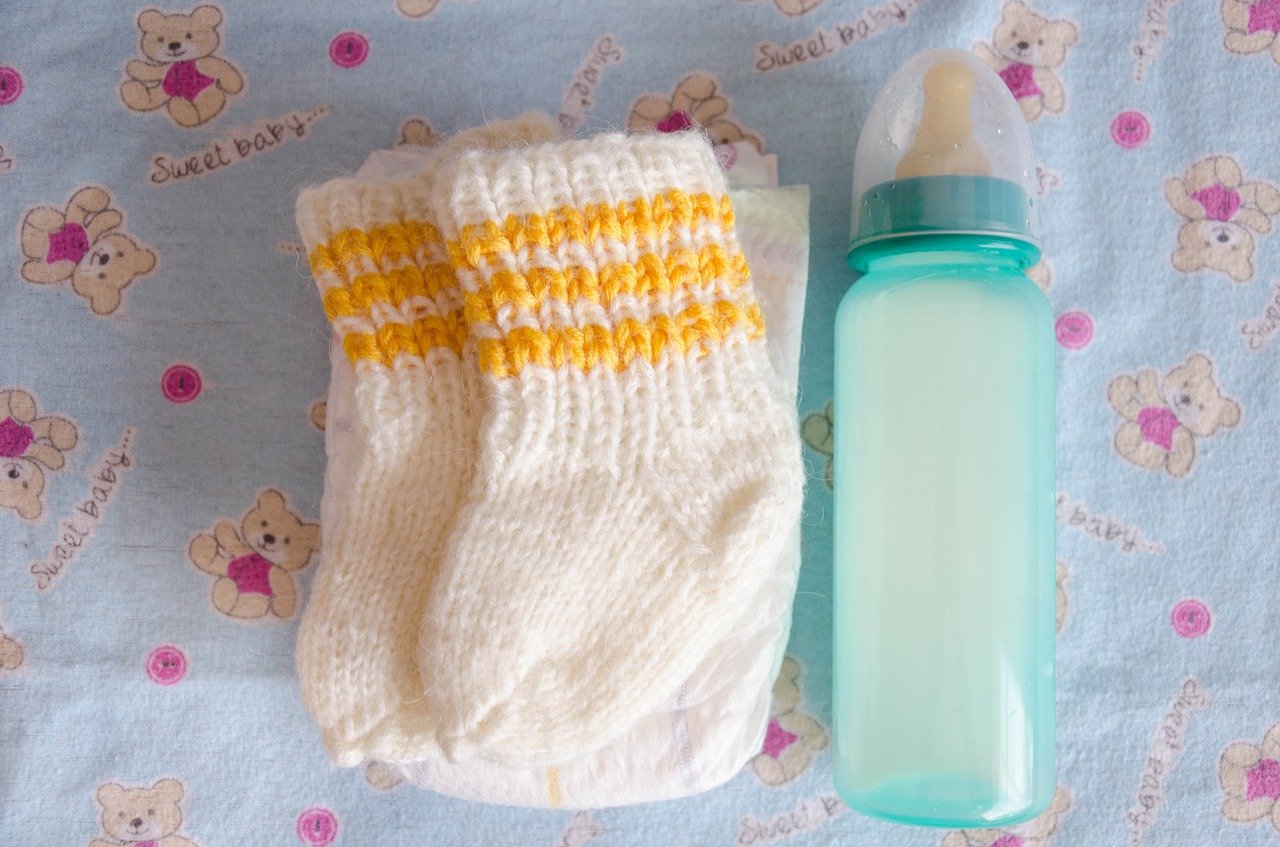
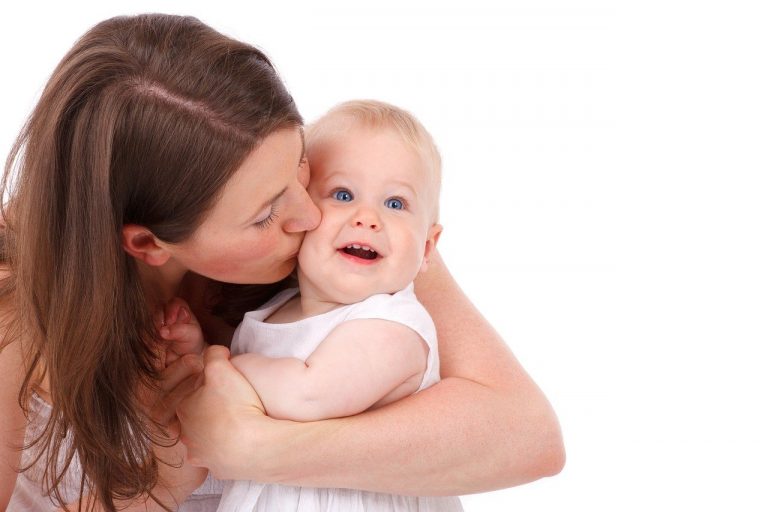
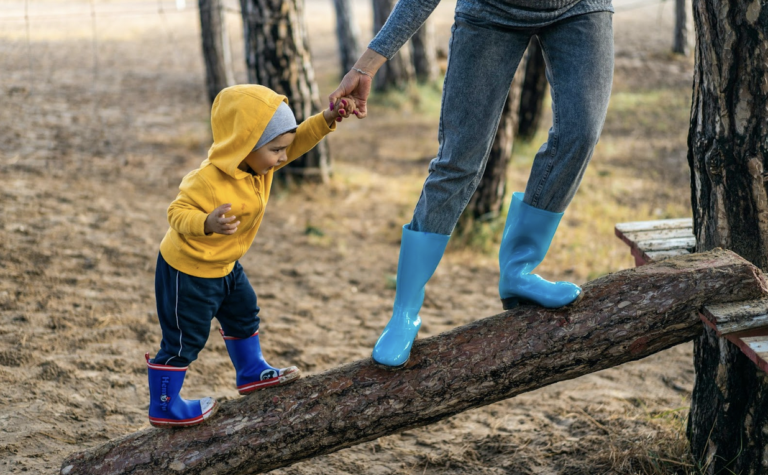
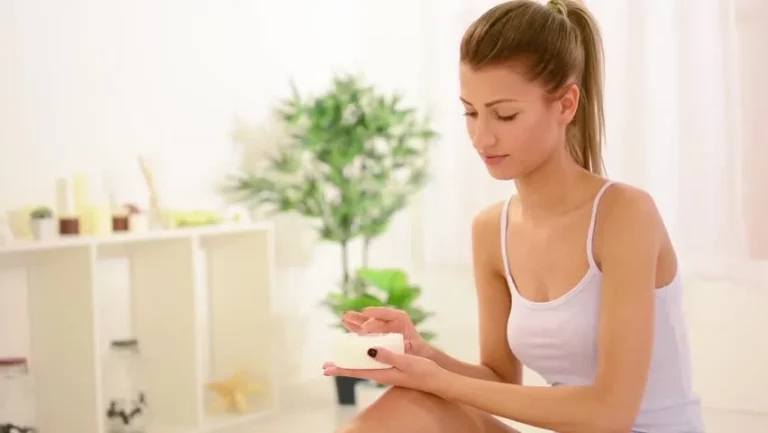
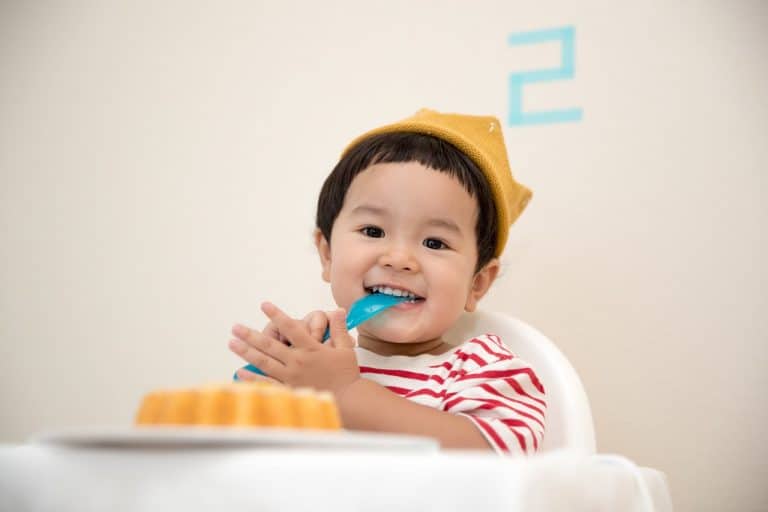




![Home Renovation Guide [2025]](/app/uploads/2021/04/design-hacks-1-378x300.jpg)
